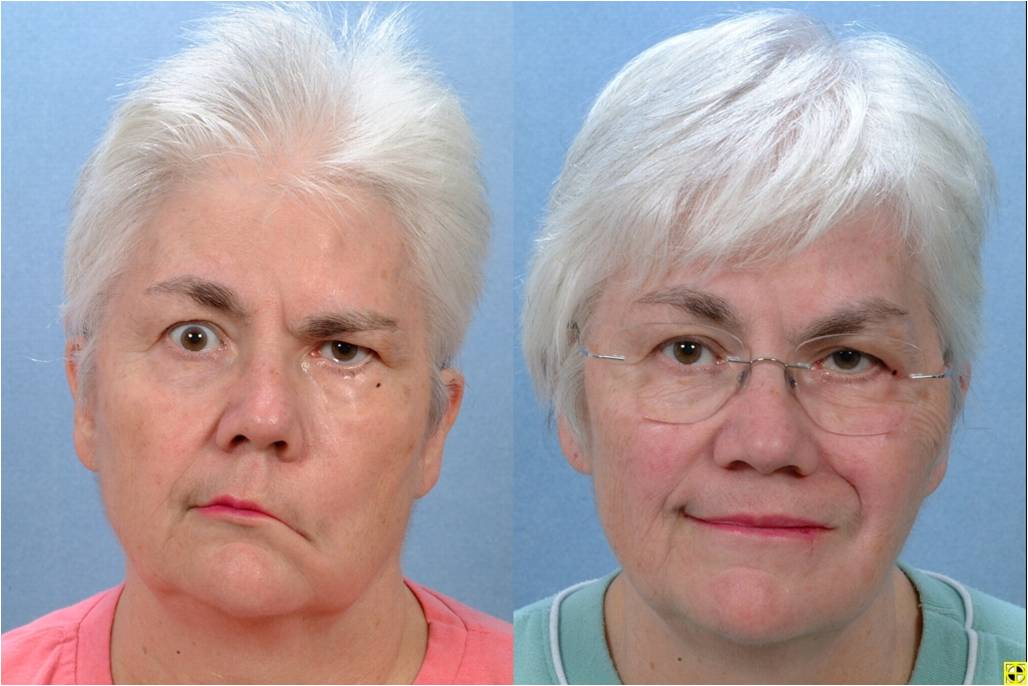Facial paralysis
Facial paralysis is a loss of facial movement due to nerve damage. Your facial muscles may appear to droop or become weak. It can happen on one or both sides of the face. Common causes of facial paralysis include:
- infection or inflammation of the facial nerve
- head trauma
- head or neck tumor
- stroke
Facial paralysis can come on suddenly (in the case of Bell’s palsy, for example) or happen gradually over a period of months (in the case of a head or neck tumor). Depending on the cause, the paralysis might last for a short or extended period of time.
Causes
Facial paralysis is almost always caused by:
- Damage or swelling of the facial nerve, which carries signals from the brain to the muscles of the face
- Damage to the area of the brain that sends signals to the muscles of the face
In people who are otherwise healthy, facial paralysis is often due to Bell palsy. This is a condition in which the facial nerve becomes inflamed.
Stroke may cause facial paralysis. With a stroke, other muscles on one side of the body may also be involved.
Facial paralysis that is due to a brain tumor usually develops slowly. Symptoms can include headaches, seizures, or hearing loss.
Recovery from Bell's palsy
Most patients make a full recovery within nine months. Those who haven’t may have more serious nerve damage, and will require further treatment. This may include:
- Mime therapy – this is a type of physical therapy (UK/Australia/Ireland: physiotherapy). The patient is taught a series of exercises which strengthen the facial muscles. This usually results in better coordination and a wider range of movement.
- Plastic surgery – this can improve the appearance and symmetry of the face. Some patients experience enormous benefit if they are able to smile again. It does not cure the nerve problem.
- Botox – according to researchers of Melbourne’s Brain Research Institute, Bell’s palsy can be helped by the injection of Botox.


